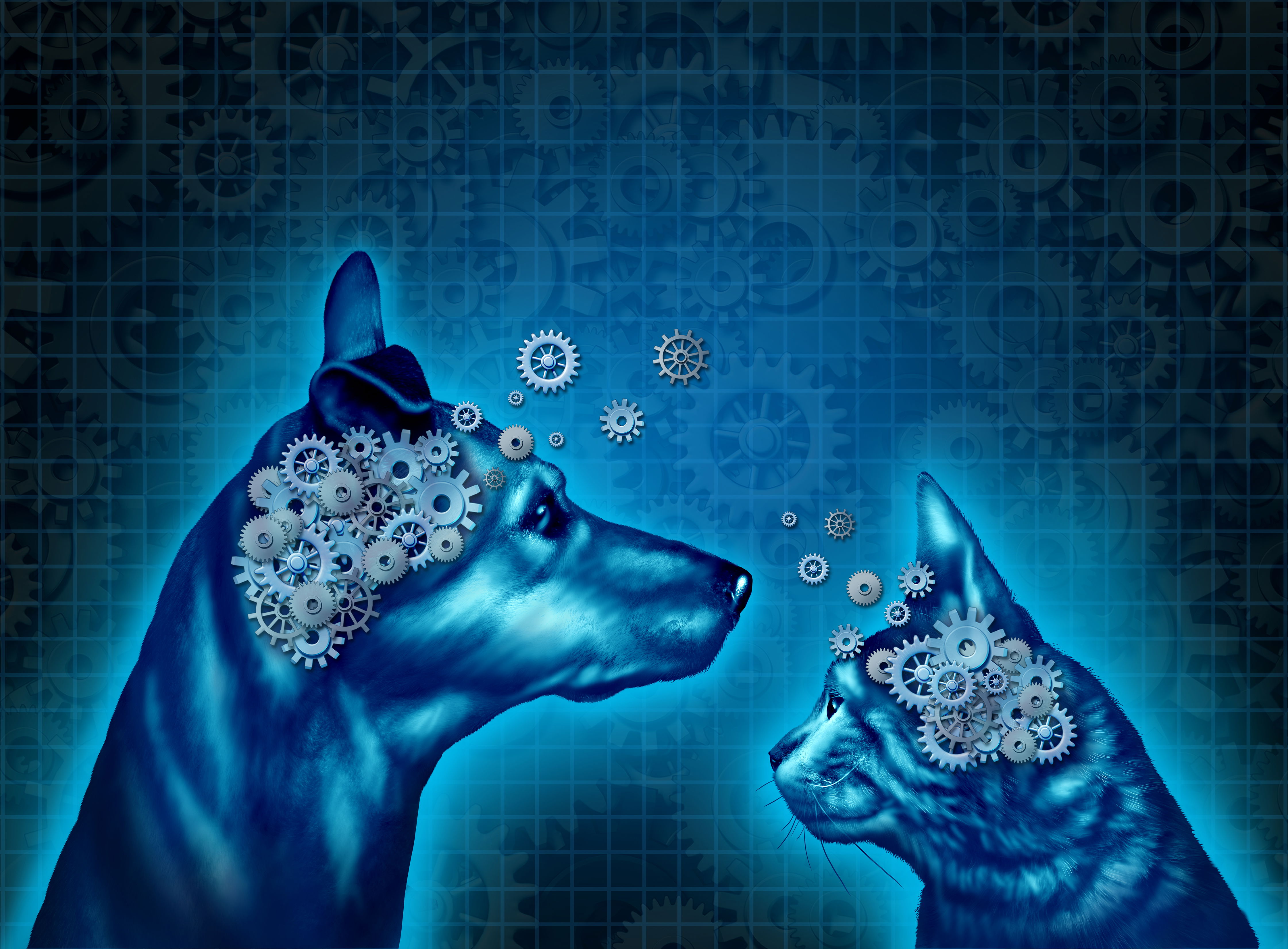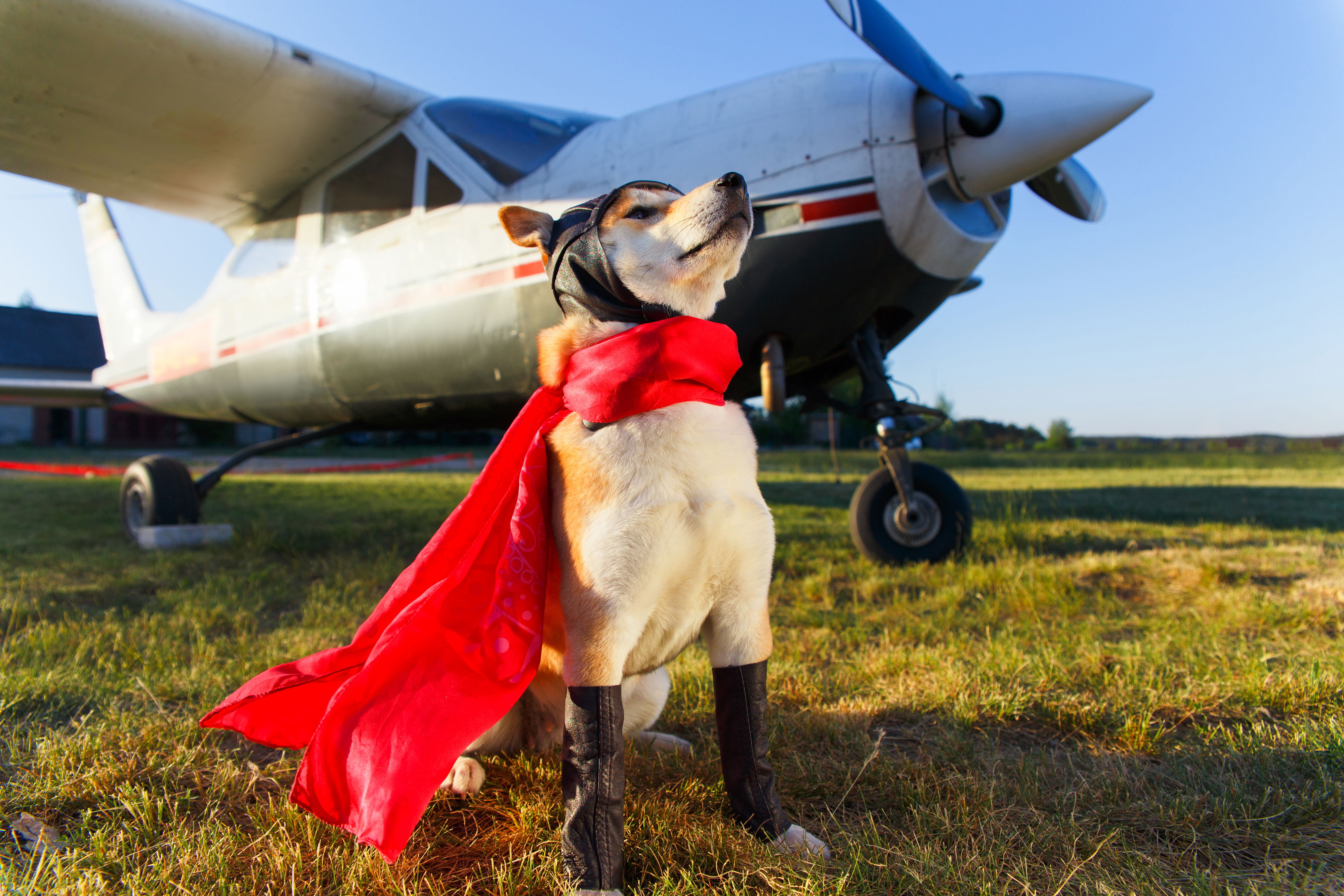What exactly is adolescents?

It may seem like a lifetime ago, but I bet you can recall that "in-between" stage of life without too much work. Or you may have a human someone in your life who is currently in the adolescent stage of life. That super weird and destabilizing stage where one day you know everything and are on top of the world, and the next you can't think straight, and the world is falling all around you. Adolescence isn't just about physical changes; it's about BRAIN CHANGES.

Well, the same is true for your adolescent dog. All mammals and birds experience some adolescent "in-between" stage, where they morph into an organism with a brain that tells them to follow their caregiver to an adult (who is biologically primed to become the caregiver).
Other than the obvious (developing into an animal that can reproduce), the most prominent feature of adolescents, which is true for all species, is the shift of focus from "mom" to "everything else." Your puppy only had eyes for you, but your adolescent dog is suddenly waking up and noticing everything around him!

The Second really important feature of adolescence is a strange flip-flop between excessive fear and excessive bravery. Adolescents are risk takers, but they are also really, really bad at risk assessment! One minute, your adolescent dives in to take on a bear; the next, they are scared of their own shadow. Again, this is found throughout the animal kingdom. In the book "Wildhood", the authors explore this tendency in animals from penguins to whales. This risk-taking/risk-assessment mismatch has to do with the unevenness of brain development and the adolescent's sensitivity to hormones like dopamine.

Third, BIG EMOTIONS are a consistent thread throughout adolescence. This might be one you remember from your or your kid's teenage years! It's true for dogs (and any adolescent animal). The brain's emotional centers (like the limbic center and the amygdala) develop before the thinking part of the brain (the prefrontal cortex). So, adolescents respond to things from emotions. They are also uniquely sensitive to stress hormones like cortisol.

Fourth, adolescent brains are both learning sponges (and sieves). Yet another contradiction of adolescents! The brains of adolescents are under reconstruction! It's undergoing both "myelinization" (which helps speed up cognitive processes and form learning pathways) and "neural pruning" (which discards other pathways). On any given day, it's difficult to know where the construction process stands. One day, your dog is a star student, remembering everything you taught them and making great choices (like coming when called instead of chasing the cat), and the next day, it's like you never worked on it and only those emotional tendencies come out.

All of these, taken together, mean that adolescent animals need a lot of extra support to make good choices and need us to give an extra dose (or two) of patience for those times when the brain is under particularly heavy Construction! But, this too shall (eventually) pass. In dogs, it depends on breed and size, but generally speaking, adolescents in dogs will be done, and "social maturity" will be achieved between age two and age 3. (Oh, and parents of humans, don't expect it to compete until age 23-25!)